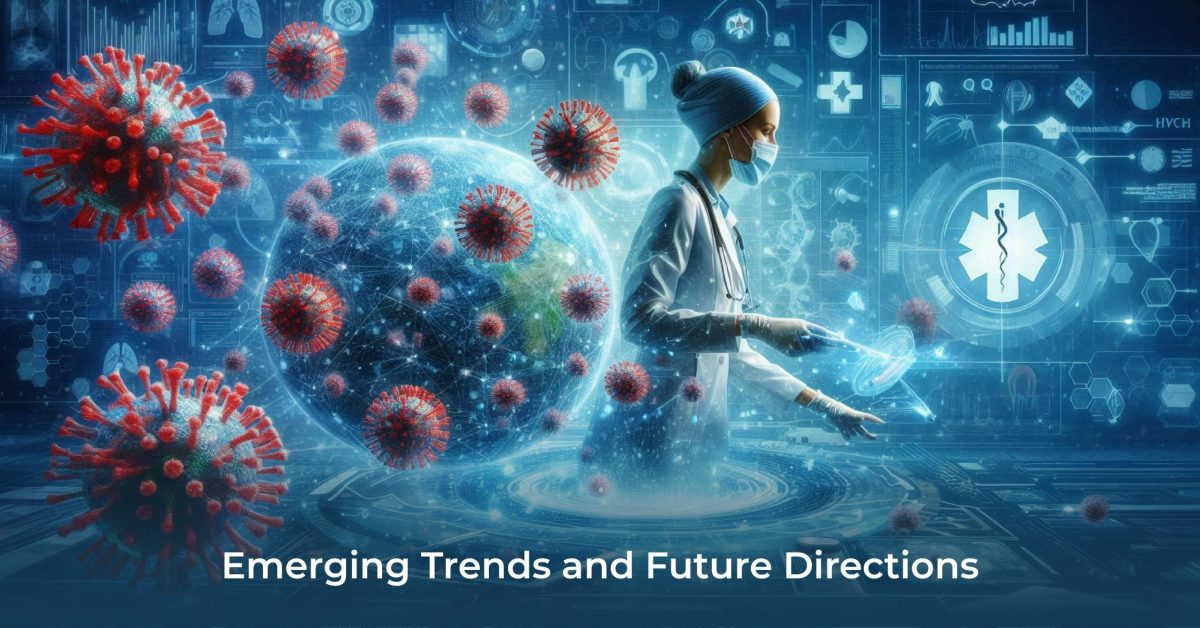Introduction
Precision medicine is an evolving form of health care that tailors treatments to the individual genetic, environmental, and lifestyle situations of each patient. With this path, treatment routes become much more personalized and environment-friendly; however, in areas like cardiology, pharmacogenomics, and oncology, this approach has gained significant momentum. Personalized medicine helps in efficient cure of the disease by targeting the gene specific disease centers for cure.
However, precision medicine is now not just remodeling treatment. It is additionally altering the operations in which health facts are managed and applied—for example, through nursing informatics. Nursing informatics wants to expand in regards to meet the nursing data requires pertinent to the top of patient care and report management. That is why precision medical drugs need to be included within health systems. The current discussion enters into the unorthodox proclivities and potential channels of the precision medical capsules together with their colossal impacts on nursing informatics.
Emerging trends in precision medicine
New advancements in virtual health power generation, big data analysis as well as genetics are propelling the precision treatment. The application of genetic as well as molecular profiling in today’s medical treatment is indeed one of the most significant trends. This makes it possible for scientific experts to find precise biomarkers that can predict someone’s response to specific healing procedures and, thereby, make effective and accurate care plans. For example, precision oncology software has resulted in the development of targeted therapies limiting the destruction of high-quality maximum cancer cells through genetic alterations, hence massively improving the outcomes of the patients.
The improving software of machine learning and Artificial intelligence in the assessment of complex health statistics is another fashion. Large datasets can be translated in a much more problem-free manner thanks to these technologies, which also help in the identification of patterns that traditional analytic approaches can miss. Algorithms powered by the manner of the application of AI and gadget learning can identify new medicinal pills, beautify treatment plans, or even predict the chances of catching illnesses. This sub-type focuses on the price of generated documents processing capabilities and the ability to incorporate AI device in medical procedures for nursing informatics.
